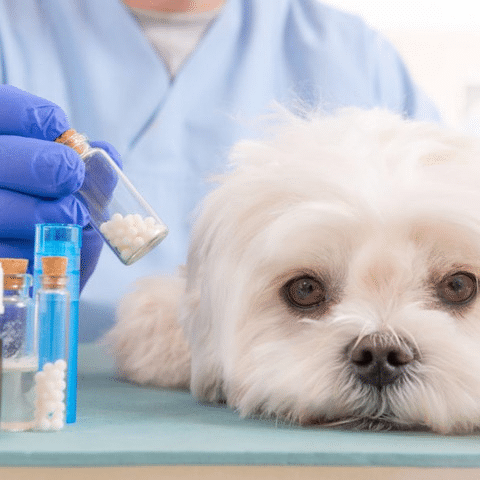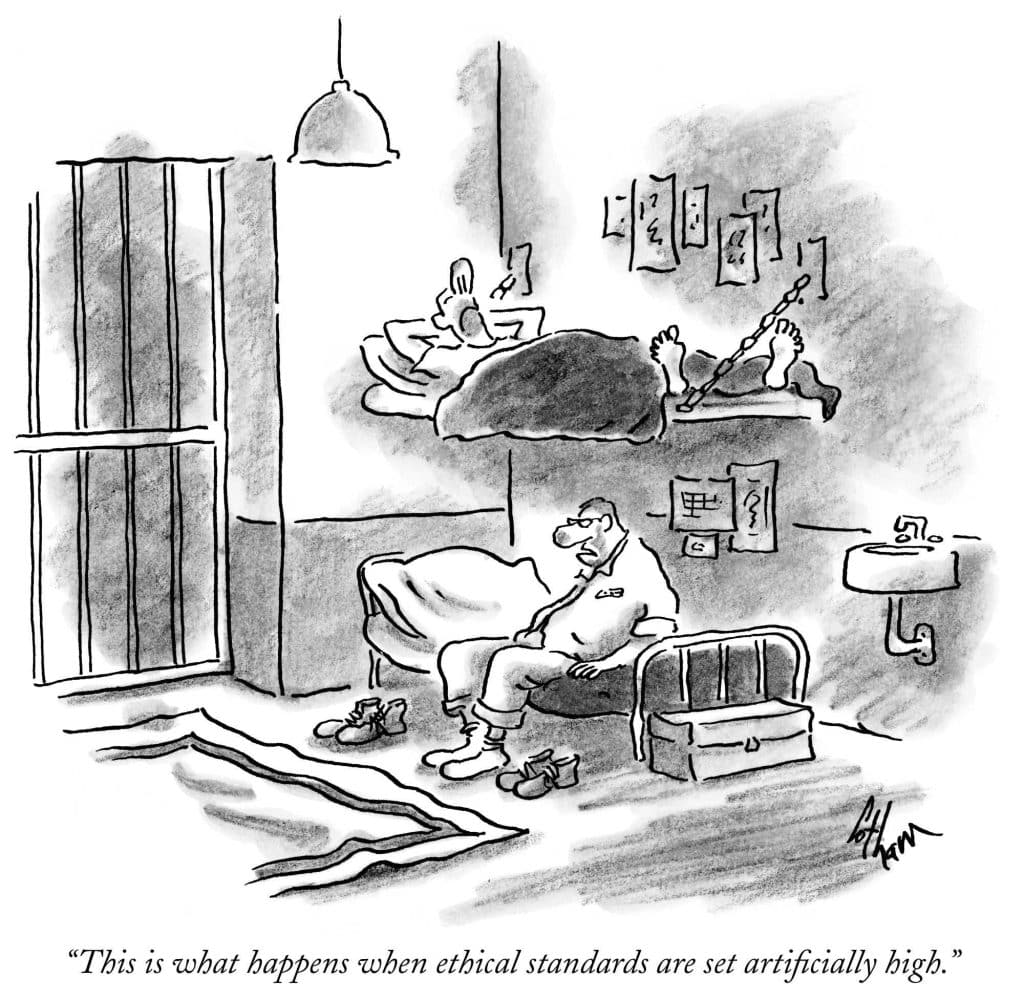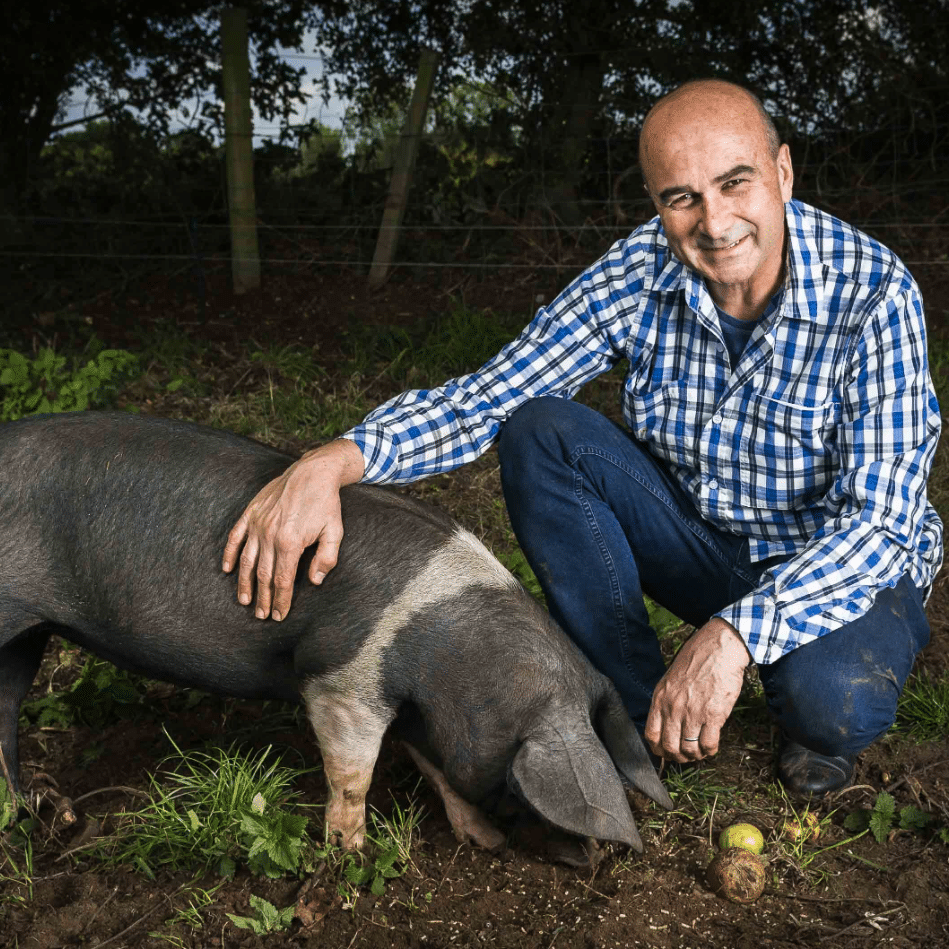A couple of weeks ago I attended the British Association of Homeopathic Veterinary Surgeons (BAHVS) annual conference. I am a great believer in homeopathy having employed it with considerable success on my farm. I don’t know why it often works – but it does. I am conscious, however, that it annoys some people. As I see it, homeopathy can’t possibly do any harm. Moreover, it is inexpensive and properly qualified vets always use it alongside conventional medicine. So, why not give it a try?
Anyway, I mention the BAHVS because many (if not most) of its members have long been in favour of raw feeding. I attribute this to the fact that they are genuinely open-minded when it comes to how they can best look after the animals in their care.
Which brings me to a fascinating question. How is it that so many vets are still suspicious of species-appropriate feeding? Not a day passes here at Honey’s HQ without us hearing from a dog lover looking for a practice which will support rather than criticise their decision to raw feed. The fact is dogs may have been eating raw food for millions of years, but a massive percentage of highly educated and compassionate vets simply won’t countenance it.
The reasons for this are various and complex.
To begin with, there is a perception amongst some veterinary professionals that there is not yet sufficient scientific evidence to support raw feeding. This perception is encouraged by the big pet food manufacturers, who have massive marketing budgets to support their anti-raw stance.
Happily, there is more and more research showing that a natural diet is both nutritionally adequate and safe. At Honey’s we contributed to this research in the form of a two-year study, which we called Raw Proof (please do ask for a free copy) and I can also recommend Conor Brady’s 500 page Feeding Dogs: Dry or Raw? The Science Behind the Debate, which contains over 1200 references.
Then there is the practical side of things. It takes a vet seven years to qualify, after which he or she will probably spend a year or two gaining experience in someone else’s practice before, possibly, starting up on their own. If and when they do set up on their own, they will have to invest heavily. Building a surgery is far from cheap and insurance is particularly expensive. They won’t ever become rich, either. Last year, the average GP earned around £120,000, whereas the average vet earned around £41,000. Bear in mind that their seven years of study must also be paid for. Indeed, student debt is a huge problem for the majority of vets. They are, by the way, also in one of the most stressful professions, with a high incidence of depression and suicide.
There are two highly profitable sectors that exploit this situation.
The first is the pharmaceutical industry. The behaviour of pharmaceutical manufacturers need not concern us here, except it is worth remembering that it is not in their commercial interest for dogs to be healthy.
The second is the pet food industry. Ever since pet food was invented by James Spratt in 1860, manufacturers have been persuading vets to endorse and sell their products. Today, pet food manufacturers provide vets with financial support in the following ways:
- They pay commission to vets for selling food via their surgeries;
- They pay vets to carry out research, attend conferences, write papers and so forth;
- They support the larger professional bodies;
- They subsidise the costs of education for vets undertaking training and professional development.
Understandably, vets want to support the people who support them (in this case the big pet food manufacturers). Moreover, until the growth of the raw food movement, they had no reason to doubt what they were being told, especially as the pet food industry employs thousands of so-called scientists.
Vets can be forgiven for their lack of knowledge about raw feeding for another reason: they are taught very little about canine digestion during their studies. Colleges rarely devote more than a day to the topic and the lectures are often sponsored by the big pet food manufacturers. You can guess how impartial such lectures are likely to be. To the best of my knowledge raw feeding isn’t on any veterinary college curriculum in the UK or, indeed, the world.
Another problem is that a tiny percentage of vets and scientists genuinely believe – for reasons that aren’t entirely clear – that raw feeding is dangerous. These vets and scientists spread fake news and put their names to very dubious research. Because they use medical terminology and publish learned papers, some other colleagues believe what they say. The Raw Feeding Veterinary Society and other organisations work hard to correct these false claims. Nevertheless, some innocent vets are taken in.
As an aside, I could say a lot here about why so much medical research is not to be trusted but will save it for another day. One of the problems with the way in which the majority of not just vets but also doctors are trained is that they are taught not to question ‘scientific research’. What they are not taught is to be open-minded, use common sense, listen to their instincts, consider anecdotal evidence or – crucially – take a holistic view of medicine. A very good example of this in human medicine is the lack of training in nutrition.
The good news? Although some vets are not yet convinced of the benefits of raw feeding, the situation is changing. I doubt there is a veterinary practice in the country that doesn’t now care for several raw-fed dogs. As a result, vets are seeing the benefits for themselves. Moreover, new, genuine research comes out every year in support of species-appropriate diets, and this must help, too. Crucially, those who raw feed are part of a movement. A movement which, I believe, will come to dominate the whole pet food sector.
Article by Jonathan Self.



